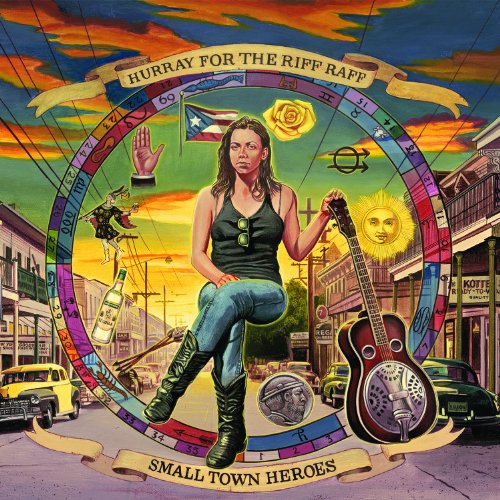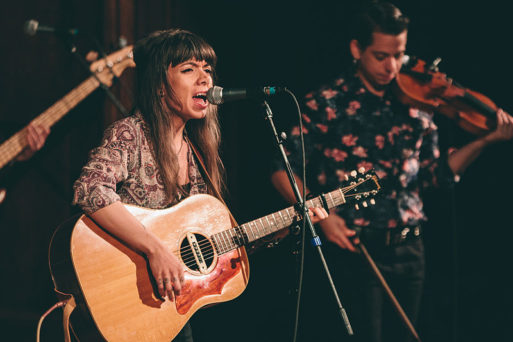 New Orleans is a city where death seems to mingle freely with life. Its jazz funerals are legendary, its cemeteries are tourist hot spots. Ghost tours run nightly through the French Quarter, and every year on Mardi Gras day, the Skull and Bones Gang walks through neighborhoods at first light to wake up sleeping revelers and remind them of their own mortality.
New Orleans is a city where death seems to mingle freely with life. Its jazz funerals are legendary, its cemeteries are tourist hot spots. Ghost tours run nightly through the French Quarter, and every year on Mardi Gras day, the Skull and Bones Gang walks through neighborhoods at first light to wake up sleeping revelers and remind them of their own mortality.
For all its bittersweet beauty, however, the toll of death is no less real in New Orleans. Hearts hang as heavy in a boisterous jazz parade as at a quiet visitation, and the city is burdened by high violent crime rates that have soared since the COVID-19 pandemic.
New Orleans folk band Hurray for the Riff Raff wrote a song to memorialize four friends who were lost to violence and tragedy in the city in 2010. “St. Roch Blues,” named for a neighborhood in New Orleans, is a haunting elegy that resonates with tenderness and hope.
 Frontwoman Alynda Segarra‘s warm, full tenor carries “St. Roch Blues” with little accompaniment, bolstered by a sparse piano line and angelic harmonies. With different lyrics, the tune could be a wistful lullaby. The song, written by Segarra and bandmate Sam Doores, offers a lament but also a gentle warning:
Frontwoman Alynda Segarra‘s warm, full tenor carries “St. Roch Blues” with little accompaniment, bolstered by a sparse piano line and angelic harmonies. With different lyrics, the tune could be a wistful lullaby. The song, written by Segarra and bandmate Sam Doores, offers a lament but also a gentle warning:
Baby, please don’t go
Down to New Orleans
‘Cause you don’t know
The things I’ve seen
Those bullets are flying, bullets are flying
Bullets are flying, bullets are flying
Got the St. Roch blues
Down in my soul
I’ve seen so many
Of my good friends go
And it won’t be long, it won’t be long
It won’t be long, it won’t be long
‘Til I go
The music video for “St. Roch Blues” is shot in the St. Roch Chapel in New Orleans, a unique local fixture devoted to the patron saint of good health. The chapel is decorated with discarded prosthetic limbs, braces, dental plates, and other medical accessories, an apparent testament to the saint’s healing powers.
The video also features shots of New Orleans city life, including brass band processions, Mardi Gras Indians, and locals dancing in the street. While “St. Roch Blues” speaks plainly of the loss and tragedy suffered by many in New Orleans, it is as much a love song to the city’s resilience as a memorial for those it lost too soon.

 “St. Roch Blues” by Hurray for the Riff Raff
“St. Roch Blues” by Hurray for the Riff Raff


 How to Comfort A Dying Loved One
How to Comfort A Dying Loved One
 Our Annual Seven Holiday Gifts for Someone Who Is Grieving, 2024 Edition
Our Annual Seven Holiday Gifts for Someone Who Is Grieving, 2024 Edition
 “The Funeral” by Matt James
“The Funeral” by Matt James














